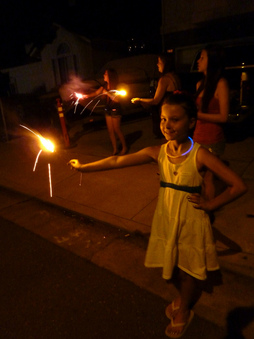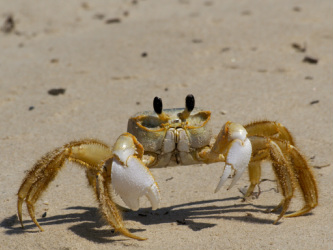Ghost Crab HuntingGhost crabbing is an amusing and exciting beach activity that is fun for all ages. Often, it is simple things like ghost crab hunting that are the highlight of a summer beach vacation. There is something extraordinary about being near the ocean on a hot summer nights. Make these nights even more thrilling by adding ghost crabbing to your schedule. Here is the step-by-step guide that will start you out ghost crab hunting.
What you'll need: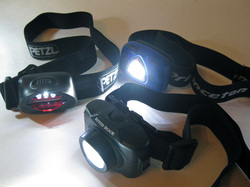
PreparationLooking for ghost crabs at night could be frightening for young children. Seeing a crab in the daylight is a lot less scary that seeing it at night. The touch tank at the North Carolina Aquarium at Fort Fisher is great for learning about sea life in a controlled environment. If interested, you can participate in a scheduled feeding at the touch tank. Participants can feed various crab species. A highlight of this presentation is feeding a horseshoe crab.
The Coquina Outcrops and Carolina Beach State Park are places that are known for an abundance of various crabs species. The staff and volunteers at the aquarium are very helpful and should be able to help if you have questions. Recommended reading for young children: A House for Hermit Crab by Eric Carle Step 1. Wait until dusk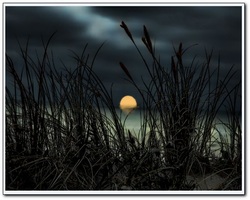
Step 2: After dark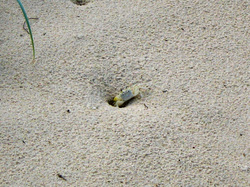
Step 3: Keep trying, don't give up...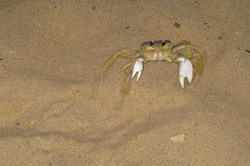
|
About Ghost Crabs
|
| Carolina Comfort's Vacation Planning Guide |
|
